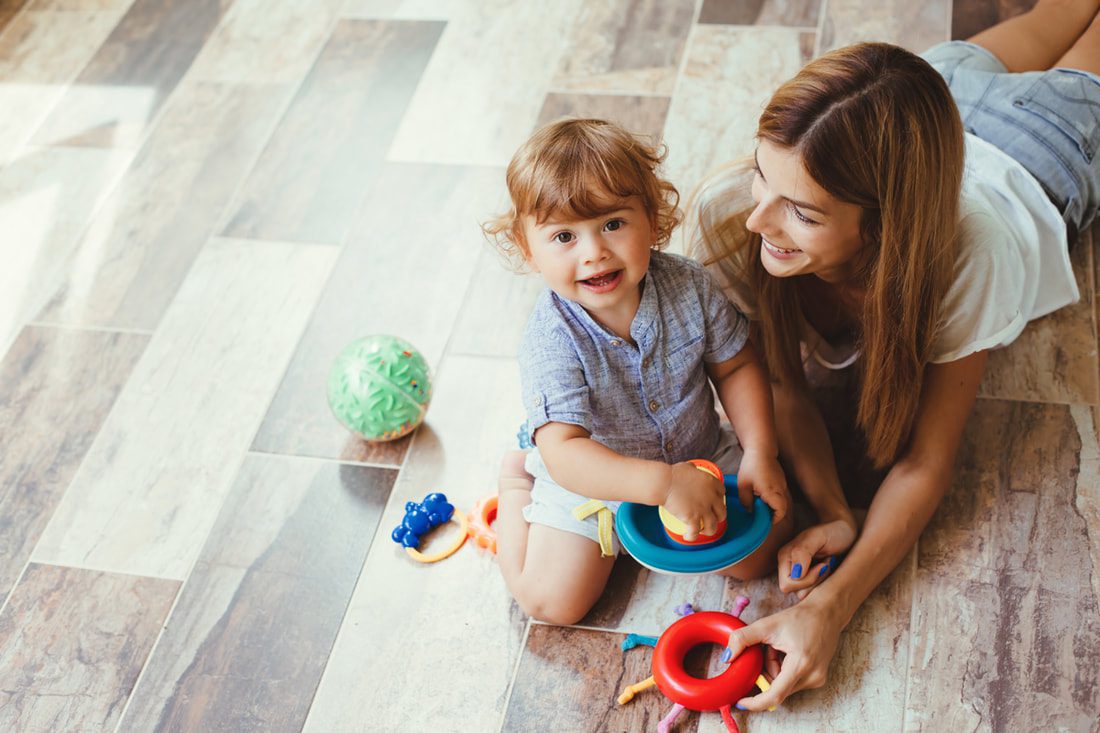Babyproofing Your Home
Even if babies aren’t as “mobile” (early on), their vulnerability calls for extra care and foresight. Here are some of the most important ways to babyproof your home to make it as safe for your little one as possible:
- Use safety straps on the changing station.
- Make sure the space between crib mattress and crib side is about two fingers-width or less.
- Crib slats should be no more than about 2 inches apart.
- Pad all sharp corners on furniture or replace sharp-cornered pieces with rounded-corner alternatives.
- If you have a fireplace, put up a heat resistant screen and pad the hearth.
- Cover up electric outlets with plastic outlet plugs.
- Move dangerous chemicals out from under the sink or securely lock the doors.
- Lock all low-lying cabinet doors with latches.
- Cover over the garbage disposal, if you have one.
- Avoid using table cloths or even place mats since older babies will pull on them.
- If you have a paper shredder in a home office, unplug it and put it away when not in use.
- If you have toxic potted plants, such as daffodils, keep them outside.
Toddlerproofing Your Home
When you are childproofing your home for a toddler, you need to “think like a toddler” and leave no stone unturned in figuring out what changes need to be made for safety’s sake. It’s a good idea to even get down on your hands and knees and crawl around each room of the house to see what dangers might look attractive and be accessible to a “rug rat.” This change in perception can be helpful since you may be unable to see some hazards from a standing position.
Anything from the floor to 40 inches up is in the danger zone. Nothing your child could swallow, tip over, break, or hurt themselves with should be at that level.
Some of the same precautions from baby proofing will still apply, but with a child now crawling or walking around the house you’ll have to be even more meticulous since they’re no longer as confined to a specific area.
Childproofing Your Home
For older children, many of the former precautions can be eliminated. But there are new cautions to take, especially if your child is old enough to be left alone or with a babysitter at home.
Give your child a set of “house rules,” such as never taking it upon themselves to answer the door or the phone and never letting friends come over to visit when you are not home unless it was prearranged and you know that the friends are responsible.
Regardless of the age of your children, you should always make sure carbon dioxide and monoxide alarms are installed in each inhabited room and have working batteries.
To learn more about how you can protect your family and home, contact Flagler County Insurance Agency today!
